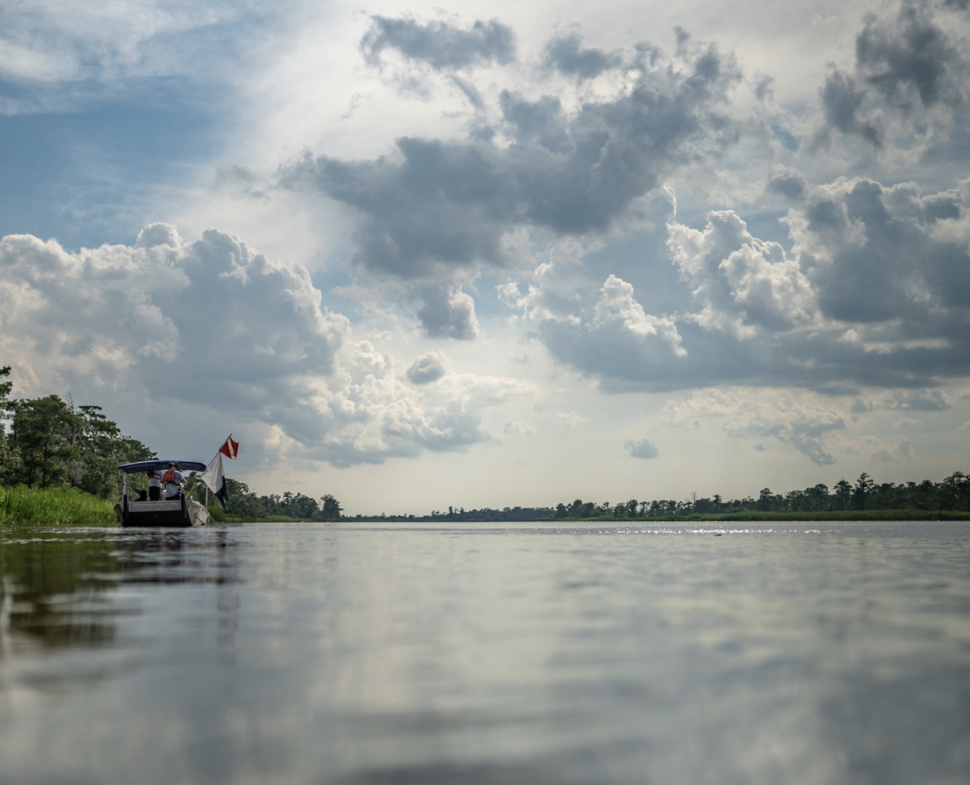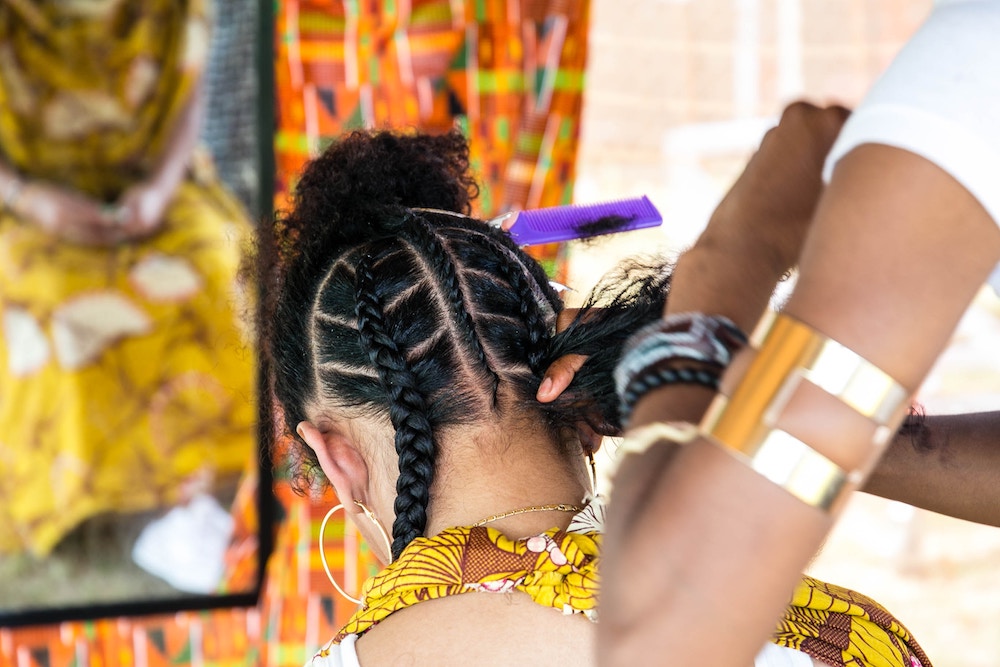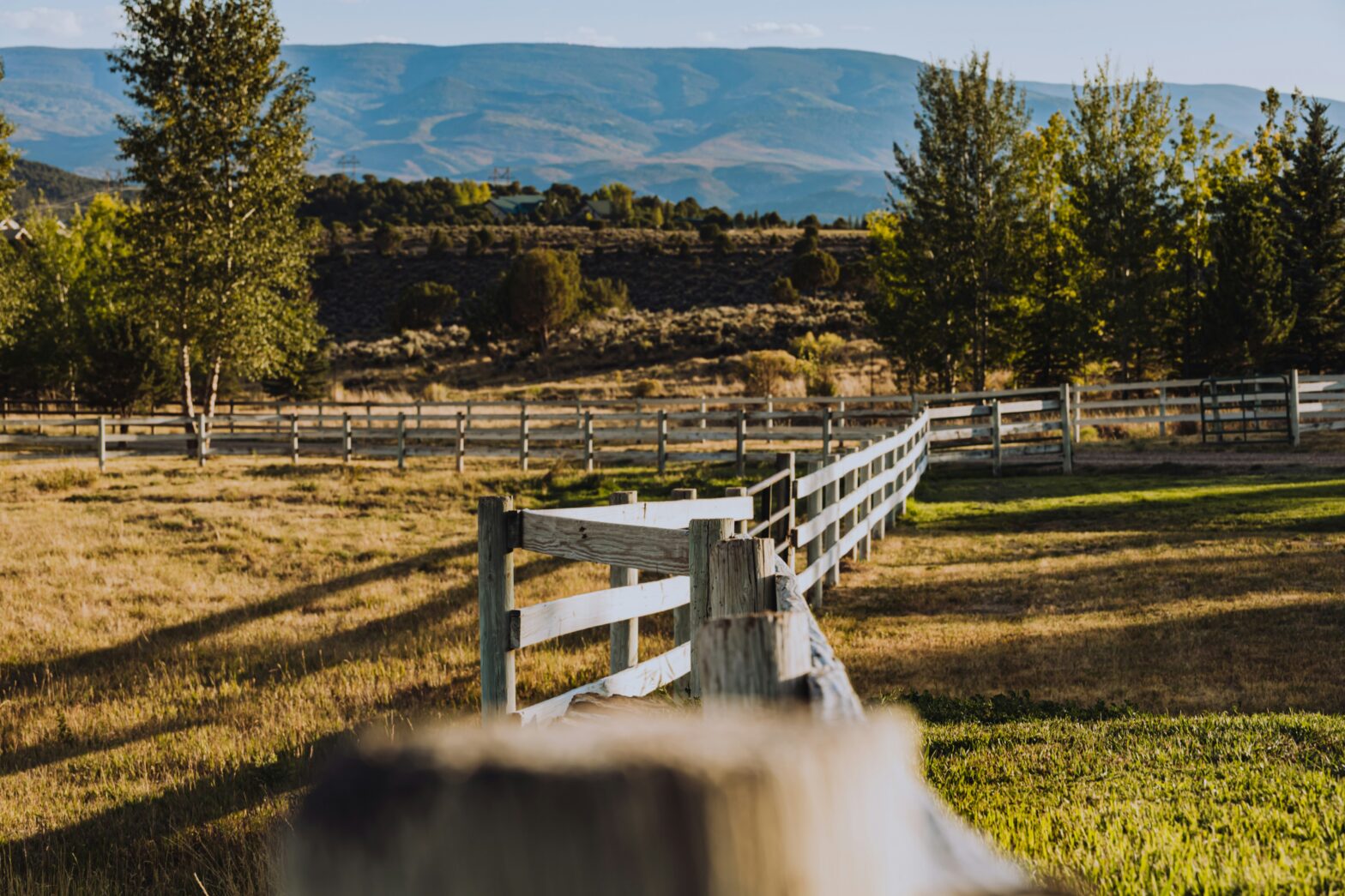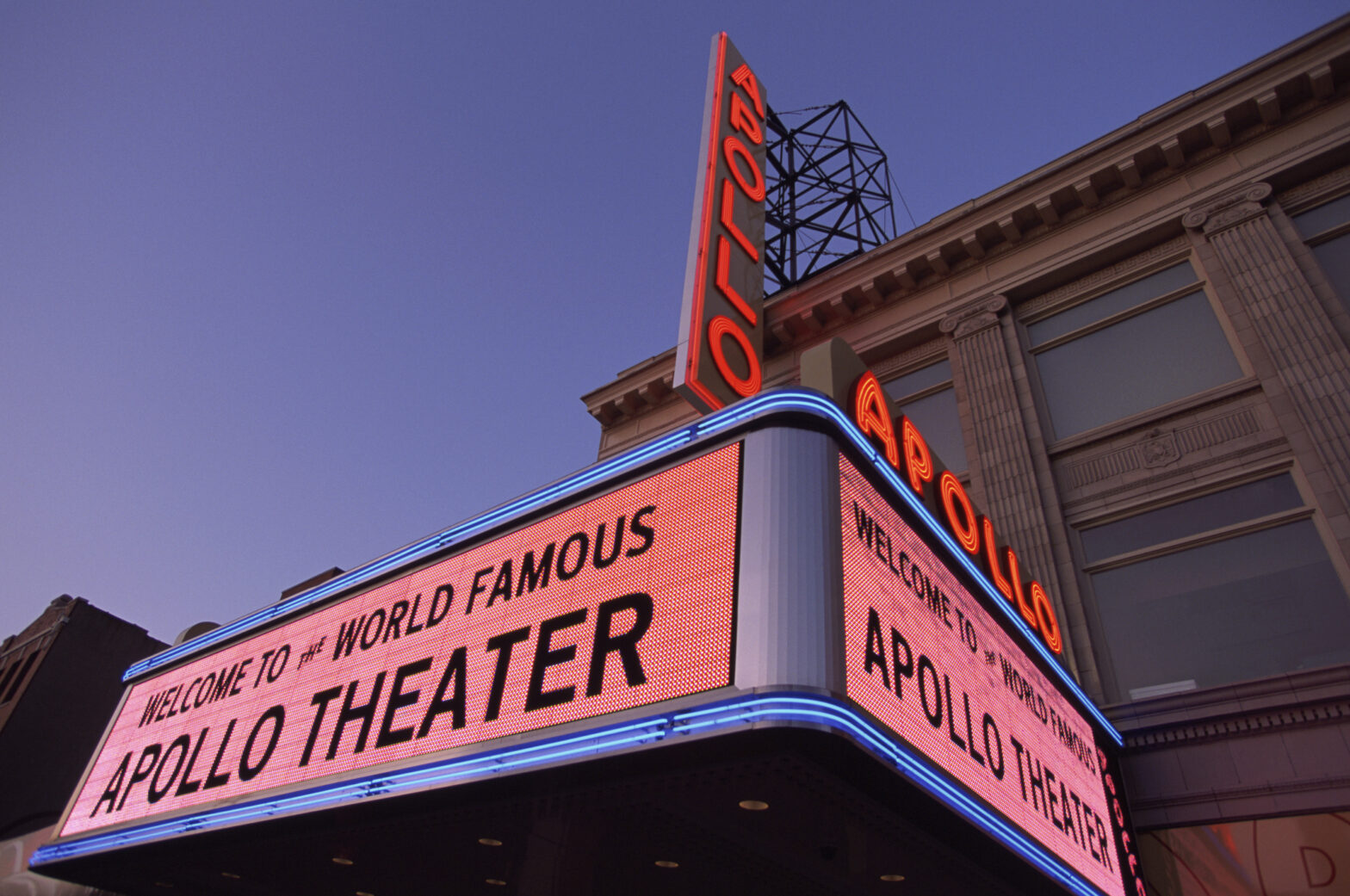Located just three miles from Mobile, Alabama’s downtown is a historic community known as Africatown.
It was formed by a group of West Africans aboard the Clotilda Expedition, the last known ship to bring enslaved Africans to America’s shore in 1860.
After being freed by Union soldiers at the end of the Civil War, more than 30 of these enslaved Africans believed to be ethnic Yoruba and Fon, created their own community in what became Africatown.
Blending African traditions with American folkways, they built houses, planted gardens, tended livestock, hunted, fished, and farmed. They created a tight-knit, self-reliant community that took care of its own, as reported in the National Geographic.

The original residents built homes, established Union Missionary Baptist Church, and the Africatown Cemetery. This is also where the first public school for Black people in the state of Alabama opened.
In its prime, Africatown was home to more than 12,000 people in the 1960s, when it boasted several stores, gas stations, and barbershops.
Like many small communities across the country, the loss of industry in the 1970s followed by the return of corporations returned in the early 21st century that brought toxic pollutions that threatened the health of local residents caused the population to decline to less than 2,000, as reported in Face2FaceAfrica.
Despite its decreasing population, Africatown is a small community that will allow you to reconnect with your history.
Defined as the area bounded by Jakes Lane, Paper Mill, Warren roads, and Chin and Railroad streets, Africantown’s Historic District was approved as a significant site and listed on the National Register of Historic Places in 2012 by the National Park Service.
You can pay homage to Africatown through a guided tour with Dora Franklin Finley African-American Heritage Trail to explore Africntown and its history.





